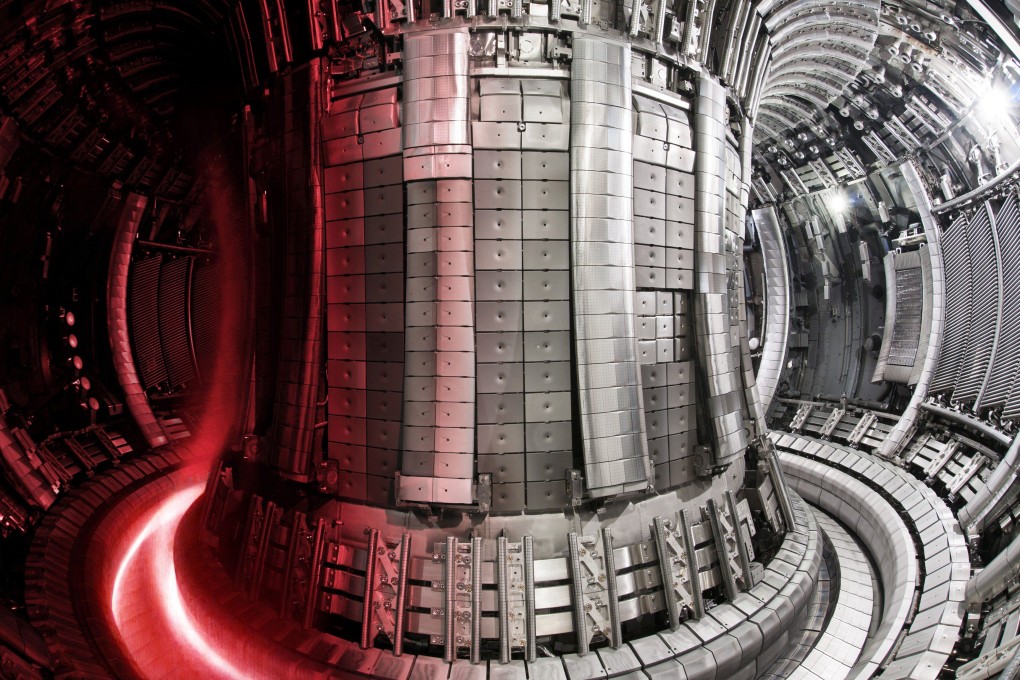Editorial | Fusion is the future for nuclear energy
- It is safe and with rapid advances being made in the technology, it could be a way out of our climate change crisis

Nuclear energy is hot again. In quick succession, scientists from three nuclear-armed countries have announced breakthroughs in nuclear fusion research.
The experiment, which doubled the record achieved in 1997, involves nuclear fusion, the same process that generates heat in the sun and other stars. Proponents believe it has the potential to provide an abundant, safe and green source of energy.
In China, scientists ran a nuclear fusion reactor to heat up to 70 million degrees Celsius for as long as 1,056 seconds (17 minutes, 36 seconds), a milestone that followed a landmark experiment in May that generated a plasma – or hot gas – at a temperature of 120 million degrees C for 101 seconds.

Meanwhile, US government scientists, by using the world’s largest laser, have coaxed fusion fuel for the first time to heat up as self-sustaining energy, proof it can be self-sustaining to generate power.
